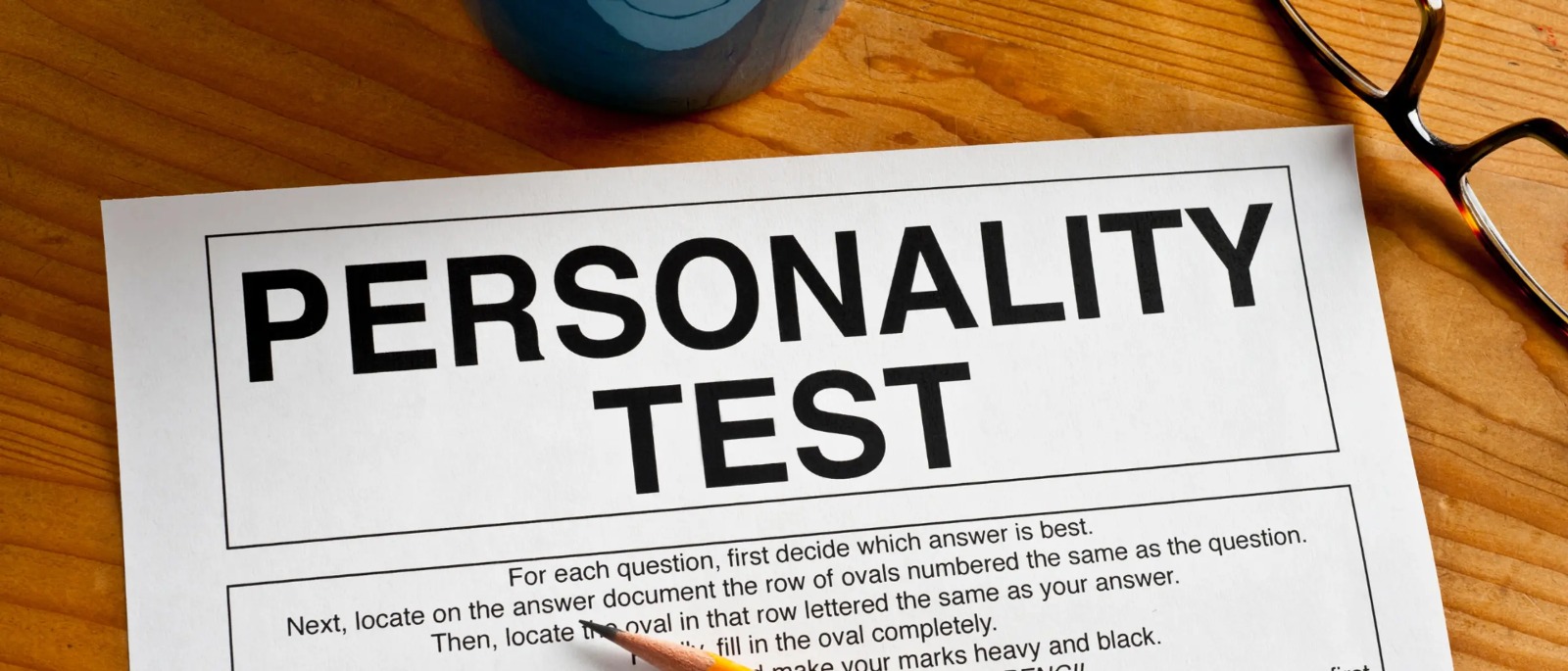Introduction
In today’s time, work-life balance is more important because the demand for the modern workforce has increased and become complex. Technology has allowed employees to be available at any time, and a lot of the time, this has become an expectation. Remote and hybrid work gives flexibility, but overwork and burnout increase the risk.
Mental awareness and health awareness have also increased, and people have started understanding that the effect of constant pressure and poor boundaries can be harmful in the long term. In today’s fast-paced world, maintaining a healthy balance, job satisfaction, and overall life quality has crucial importance.
Understanding Career Burnout
Career burnout is a state of physical, emotional, and mental exhaustion caused by prolonged stress and overwork. In today’s digital world, constant connectivity, endless notifications, and pressure to stay productive can make burnout even more common. It often leads to feelings of fatigue, frustration, and a lack of motivation toward work.
Understanding burnout is the first step toward preventing it — by recognizing its signs early, you can take steps to restore balance, improve focus, and protect your overall well-being.
Recognizing the Signs of Burnout

Burnout doesn’t happen overnight — it develops gradually when stress and pressure build up over time. Some common signs include constant tiredness, lack of motivation, difficulty concentrating, and feeling emotionally drained. You may also notice a decline in work performance, irritability, or a sense of detachment from your job.
Physical symptoms like headaches, sleep problems, or body aches can also indicate burnout. Recognizing these signs early helps you take action before it affects your health, happiness, and productivity.
How to Avoid Burnout?
1. Setting Boundaries to Avoid Burnout
Remote work is a challenge to maintaining work-life boundaries. When you work from home, the gap between personal life and professional life can blur. To avoid all these problems you should set boundaries like deciding a fixed end time and not checking emails and messages after work time. You should clearly communicate your working hours with your team and manager so that they know when you are available and when you are not.
Give time to your mind to relax from this habit, which is essential for your mental health and long-term productivity. You can reduce burnout and enjoy quality time in your personal life by maintaining clear boundaries between professional and personal life.
2. Time Management Strategies
Time management is very important in remote work because there are a lot of distractions and the deadlines are very tight. The Pomodoro technique is a popular method in which you work for 25 minutes and then take a break for 5 minutes. You can maintain focus on your work by repeating this cycle and you can be safe from burnout.
Time blocking is another effective strategy in which you reserve specific time slots in your calendar for different tasks. For example, creative work in the morning, a meeting in the afternoon, and handling emails in the evening. By applying these techniques, you can maintain a better flow in your work and priorities become clear. These techniques boost productivity and break work into manageable chunks.
3. Set Clear and Achievable Goals to Beat Burnout
The biggest challenge is that no one is monitoring you directly. That’s why there is a high chance of distraction and procrastination. A simple solution to this problem is a clear plan for your day.
- Make a to-do list in the morning.
- Divide your big tasks into small parts, such as if you have to write a report, then divide it into a research, draft, and a final edit.
- Cut off tasks one by one from the list as you complete. Through this, you will feel a sense of achievement, which increases your motivation.
Benefits: If your day is structured and focused, then you can easily avoid distractions and increase your productivity.
4. Self-Care and Wellness
Many employees don’t use their vacation days because they feel work will pile up or their boss might think negatively of them. Employers have a role in changing this mindset. They should encourage staff to take their vacation days and enjoy their downtime. This helps reduce burnout, refresh creativity, and ensures employees return to work more motivated.
In today’s competitive work environment ignoring mental health is a big mistake. Employer can reduce their staff stress by launching employer wellness programs where employers can give stress management workshops, counselling sessions, and fitness benefits. Mental health days, yoga sessions, and meditation classes are also very helpful. From this employees will be loyal and productive towards the company.
5. Maintain a Positive Mindset
Staying positive during a long job search can be challenging, but it’s essential for keeping motivation high. One effective strategy is positive self-talk — remind yourself of your skills, achievements, and past successes. Using affirmations daily, such as “I am capable of finding the right job for me,” can reinforce self-confidence and resilience.
Journaling or practicing gratitude can also help manage rejection. Writing down small wins, lessons learned, or things you are thankful for shifts your focus from setbacks to progress.
Finally, avoid comparing yourself to others. Everyone’s career journey is unique, and measuring yourself against someone else’s timeline can lead to unnecessary stress. Focus on your growth and the steps you are taking to reach your goals.
6. Building a Supportive Network
Creating a strong network on LinkedIn is a valuable step in today’s world. But only connecting with people will not help to get a better job, you have to make sure that you are connecting with the right people. Whenever you send a request to anyone, write a short personalized message for sure. After connecting, start commenting on posts, sharing valuable content, and engaging regularly to be visible
Join a LinkedIn group, follow industry leaders, and be part of relevant discussions. The most important thing is to always give valuable thought. Slowly, you will see that your efforts are building a strong and trustworthy connection, which can open doors to job opportunities and long-term growth for you.
Conclusion
This article covered the major causes, signs, and effects of career burnout in today’s fast-paced digital world. It also shared practical tips such as setting boundaries, taking digital breaks, managing workload, and practicing mindfulness to maintain a healthy work-life balance.
By reading this article, you’ll learn how to identify early signs of burnout, protect your mental well-being, and build long-term career sustainability while staying productive and motivated in the digital era.
For better understanding you can read our two amazing blogs on “The role of mental health in career success” and “Work-life balance in the modern workplace”.
Want to read more career blogs? Read here.







Leave a Reply